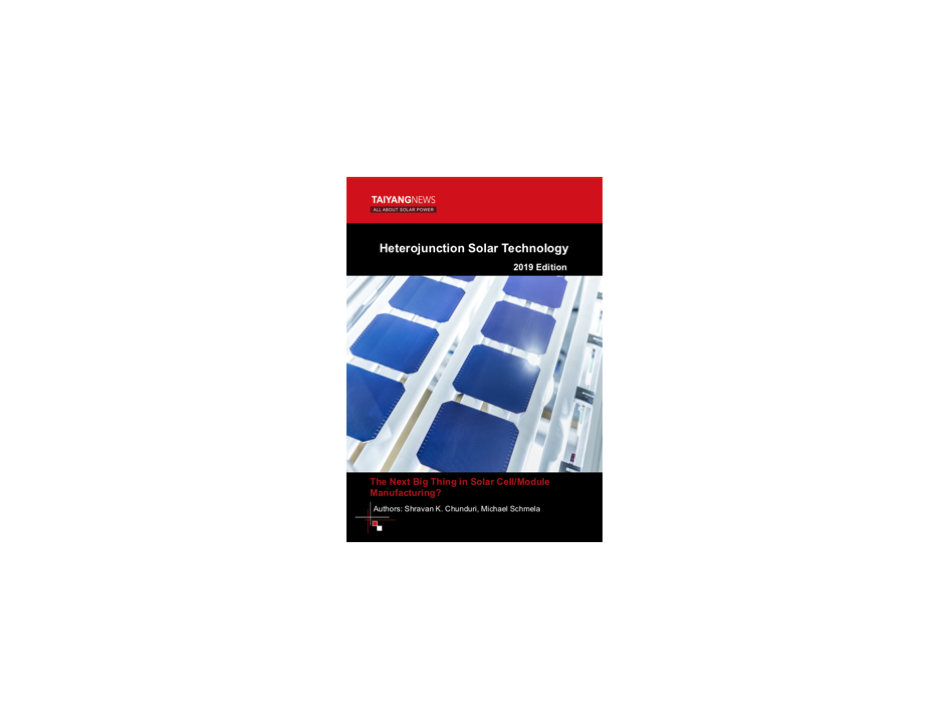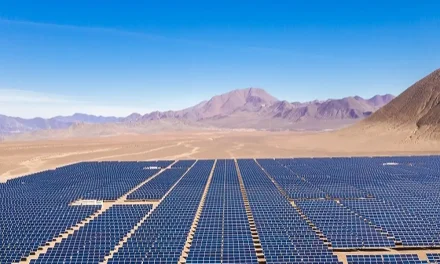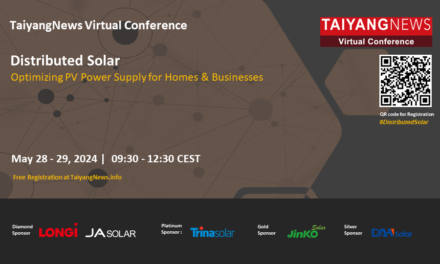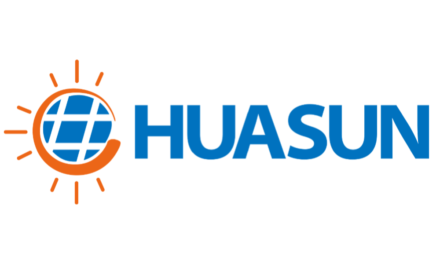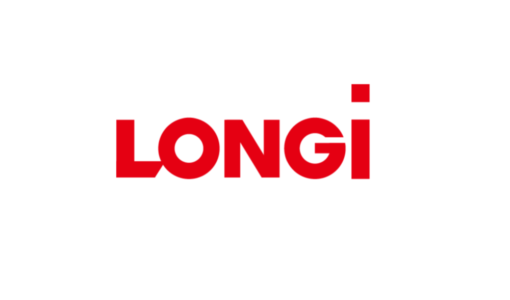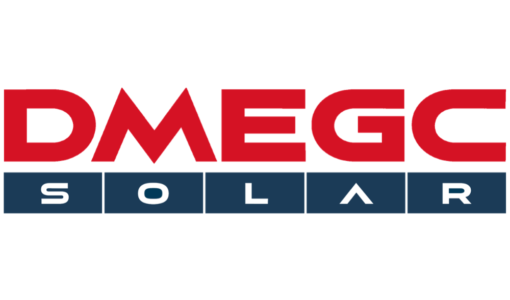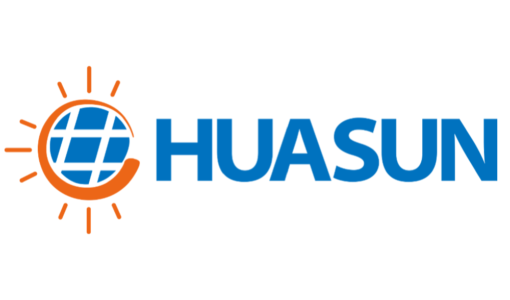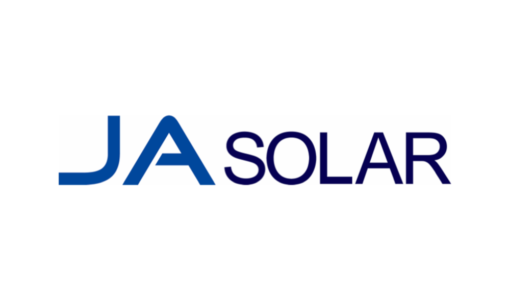Heterojunction technology (HJT) has been making big progress in recent years, though more quietly as PERC has been dominating the headlines in the solar cell tech space. There is a small but increasing number of companies working with the support of research centers and equipment makers on HJT technology that holds the efficiency world record for silicon solar cells for years – and since Aug. 2017 at 26.6%.
There are several reasons for the renewed and growing interest in HJT. For one, it is HJT’s high efficiency potential after PERC is evolving into the new cell standard and the industry’s focus on improving efficiency and ask for higher and higher module power ratings. Then, it is the promise of very low LCOEs for HJT-based PV systems. HJT comes with the fundamental advantage of the highest bifaciality. Moreover, there is the low-cost production for the technology that needs a much lower number of process steps than traditional solar cells.
So it is due time for TaiyangNews to take a look into promising HJT technology. Our first report covers the different HJT processing steps from wet-chemical treatment, deposition to metallization at the cell level, also providing a brief overview on equipment of the key players. In summary, commercial production tested and new HJT processing equipment is increasingly available from different vendors. This is also true for processing materials needed, such as special HJT silver pastes, offered by Heraeus, for example.
Several research institutes have attained champion cell efficiencies above 23%; commercial design modules with impressive power ratings up to 348 W for 60 cells and up to 413 W for 72 cells have been achieved.
While in the past only HJT pioneer Panasonic produced small but notable commercial quantities of HJT modules, it took nearly a decade after its patents expired in 2010, before early adaptors are now starting to invest in the first 3-digit MW scale production capacities. This report also provides an overview on important topics related to HJT, such as commercialization,costs, major limitationsand possible future advancements.
The report concludes with 2 interviews from pioneers in the new HJT phase – with Jinergy CEO Liyou Yang, who believes ‘24% HJT production efficiencies are in sight’; and with Meyer Burger CTO Gunter Erfurt, who emphasized that ‘HJT technology is ready.’
The TaiyangNews Heterojunction Solar Technology 2019 Report is for download free of charge here.

